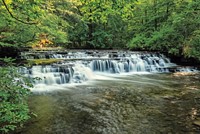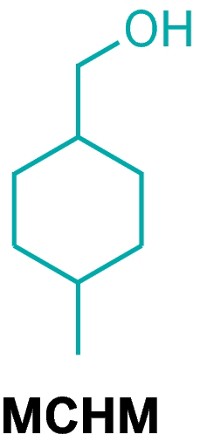Advertisement
Grab your lab coat. Let's get started
Welcome!
Welcome!
Create an account below to get 6 C&EN articles per month, receive newsletters and more - all free.
It seems this is your first time logging in online. Please enter the following information to continue.
As an ACS member you automatically get access to this site. All we need is few more details to create your reading experience.
Not you? Sign in with a different account.
Not you? Sign in with a different account.
ERROR 1
ERROR 1
ERROR 2
ERROR 2
ERROR 2
ERROR 2
ERROR 2
Password and Confirm password must match.
If you have an ACS member number, please enter it here so we can link this account to your membership. (optional)
ERROR 2
ACS values your privacy. By submitting your information, you are gaining access to C&EN and subscribing to our weekly newsletter. We use the information you provide to make your reading experience better, and we will never sell your data to third party members.
Environment
Study Questions MCHM Toxicity Research
by Elizabeth K. Wilson
July 21, 2014
| A version of this story appeared in
Volume 92, Issue 29
A new study of crude 4-methylcyclohexanemethanol (MCHM)—the chemical that spilled and tainted water supplies in West Virginia in January—indicates that it is more toxic to the freshwater indicator organism Daphnia magna than shown in previous studies. The work, which has not yet been published or peer reviewed, came from the lab of Andrew J. Whelton at the University of South Alabama, who reported the results at a July 10 national conference of public health officials. Whelton’s group exposed the organism to crude MCHM, and found a no observed effect level (NOEL) of 6.25 mg/L, in contrast with the 50 mg/L found in previous studies on D. magna performed by Eastman Chemical in 1998. The reasons for the different results are not yet clear. The newly reported toxicity levels are far higher than those found in drinking water after the spill. Whelton also cautioned that the study “has no relevance in humans.” Eastman says it has no reason to question the conclusion of the authors of the 1998 studies. Whelton says he hopes other labs will try to replicate the work.





Join the conversation
Contact the reporter
Submit a Letter to the Editor for publication
Engage with us on Twitter